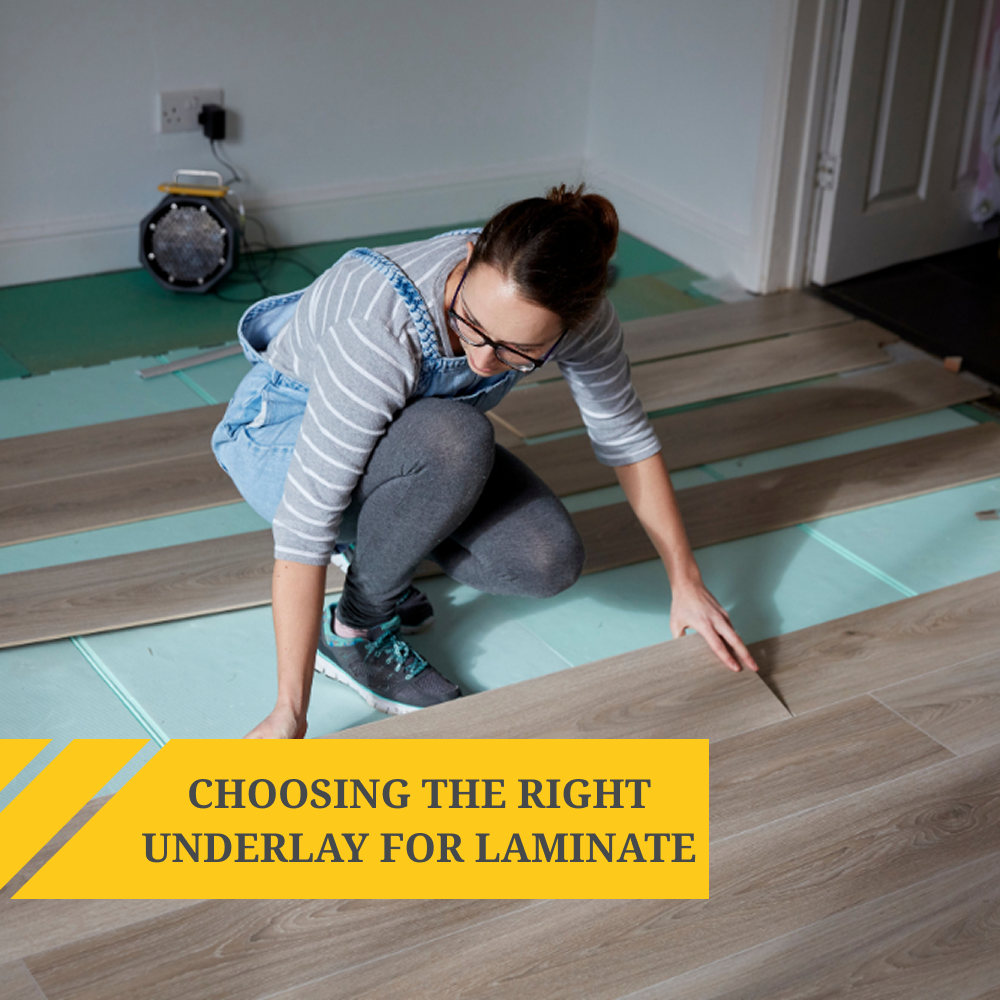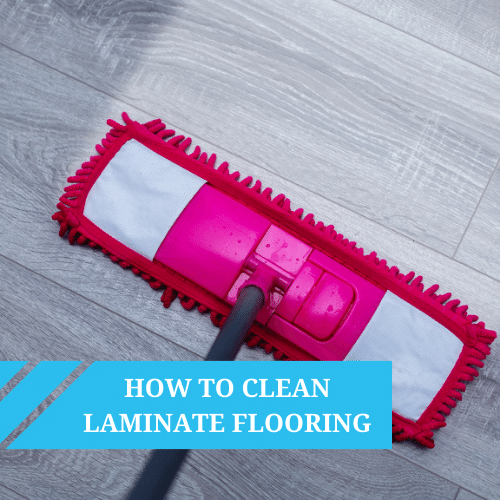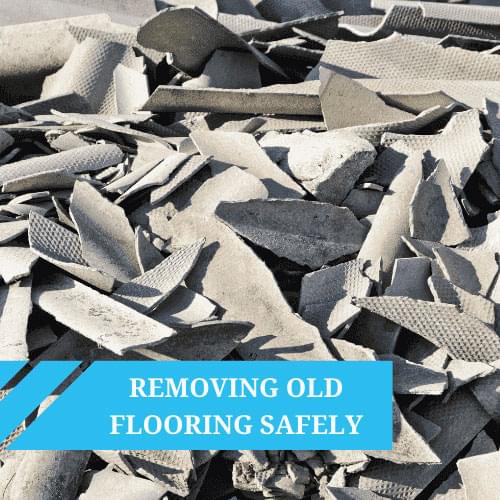So your new laminate floor’s down - it looks the part, but something doesn’t feel quite right. There's a soft spot here, a weird springiness there, and maybe even a slight creak when you walk across it. That bouncy feel underfoot? It’s not just in your head.
Laminate flooring is designed to be durable and stable. So if it’s flexing, buckling, shifting, or making noise, it usually means something underneath isn’t doing its job. It could be your laminate underlay, it could be your subfloor, or it might just be a case of those all-too-often-overlooked expansion gaps.
Whatever the cause, the fix starts with figuring out what’s really going on. This guide will walk you through the most common reasons laminate flooring feels bouncy - and what you can do to sort it, step by step.
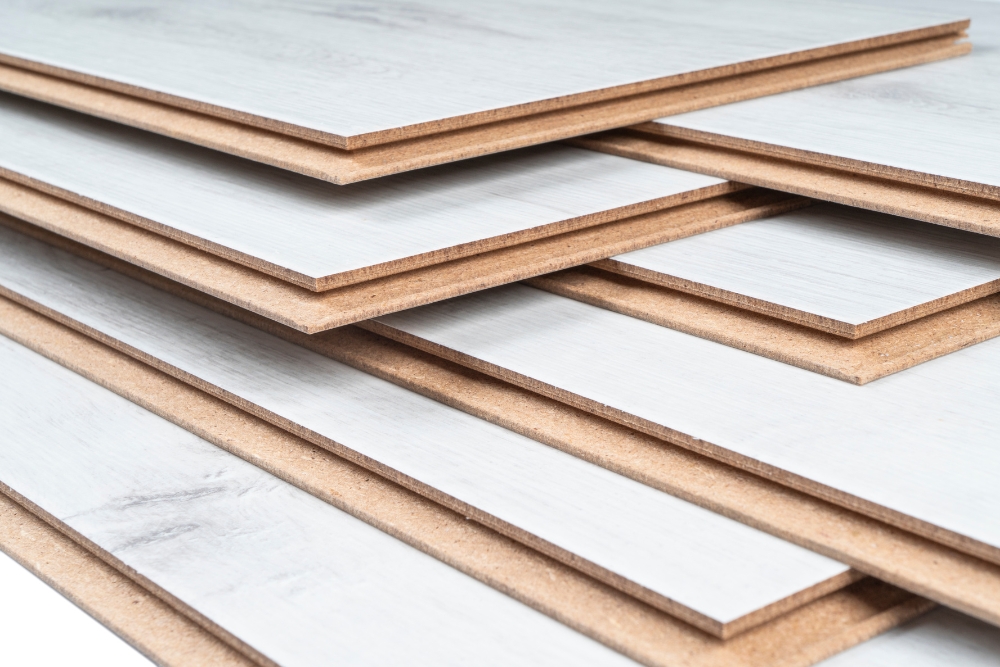

Quick Signs Something’s Not Right
Not all flooring issues are obvious at first. Sometimes that soft, slightly spongy feel creeps in slowly - other times, it’s immediate. Either way, it’s worth knowing the early signs your laminate flooring might need a closer look.
Here’s what to watch for:
- Bouncy laminate that flexes underfoot or shifts when you walk on it
- Clicking, creaking, or popping sounds - especially in certain spots
- Gaps forming near skirting boards or planks that seem to lift at the edges
- Soft areas that feel uneven or sink when stepped on
- Visual signs of moisture damage, like swelling or bubbling
You might only notice one of these, or several at once. The good news is, most causes are fixable with the right approach. The key is figuring out what’s happening beneath the surface before things get worse.
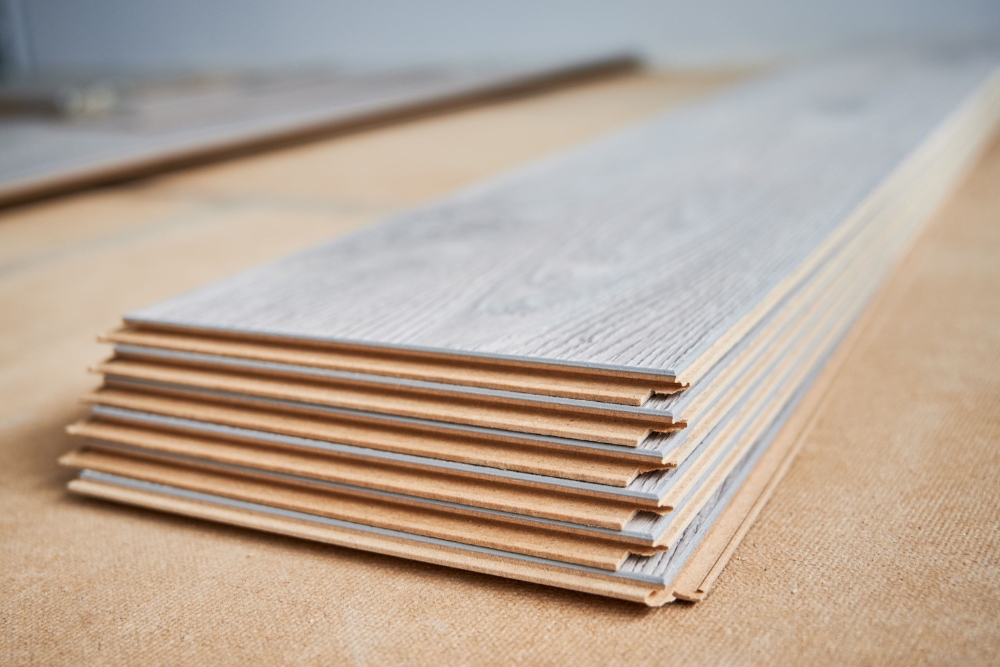

Laminate Flooring FAQs:
Why is my laminate flooring bouncy?
When your laminate floor feels bouncy, it’s often down to an uneven subfloor. Just like a painting needs a flat canvas, laminate flooring needs a stable, level surface. If the subfloor has dips or weak spots, the boards above will flex and shift.
Another common culprit? Laminate underlay problems. Underlay cushions foot traffic and smooths out minor flaws in the subfloor. But if it’s installed incorrectly, too soft, low quality, or - worse - carpet underlay, you’ll quickly notice that springy, unstable feel.
Lastly, it could be an installation issue. Laminate flooring should be acclimated to the room for between 48-72hrs depending on the manufacturer instructions to avoid any dramatic expansion post-install. Also, if the flooring contractor didn’t leave proper expansion gaps around skirting boards, your floor has nowhere to move as it adjusts to temperature and humidity. Over time, this expansion gap issue means the planks may start lifting or separating, leading to that bouncy feeling.
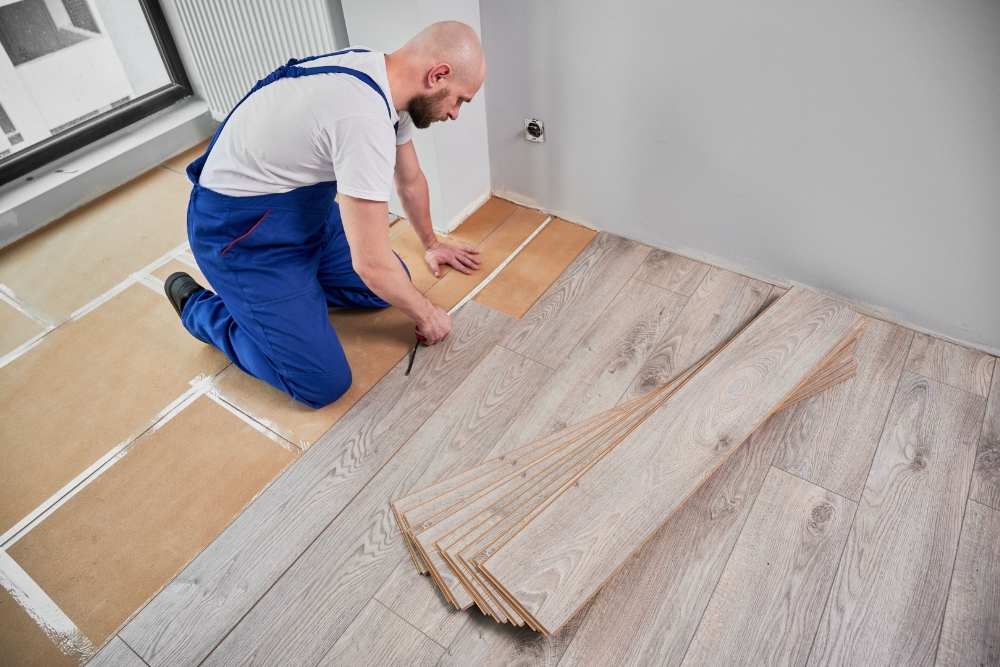

Why you shouldn’t ignore a bouncy floor...
Left alone, a soft or springy laminate floor doesn’t just feel annoying - it can lead to real damage over time. When there’s too much movement underfoot, it puts added pressure on the flooring joints, which can cause laminate boards to separate, break, or start squeaking. Once those clicks or lock systems give out, the only fix may be pulling up and replacing part of the floor.
That’s why it’s important to get ahead of the problem early, before a small bounce becomes a big repair job.
How to fix a bouncy laminate floor?
If you’re wondering how to fix bouncy laminate floor problems, the solution depends on what’s causing the problem. In most cases, it comes down to the subfloor, the underlay, or an installation issue. Here’s how to tackle each one.
1. Check and level the subfloor
Start by inspecting the subfloor for signs of damage or uneven areas. A slightly uneven subfloor might only need sanding or a levelling compound. But if there’s rot or movement (common in older homes), it may need reinforcing with sister joists or extra bridging. Remember - laminate flooring needs a perfectly flat base to perform properly.
2. Upgrade the underlay
If your bounce is down to a soft, worn-out, or low-quality underlay, it’s time for a switch. A quality laminate underlay creates a stable base, adds support, and reduces movement underfoot. Avoid anything too soft, especially carpet underlay, as it can make things worse. Browse our full range of laminate underlays for options designed specifically for this type of flooring.
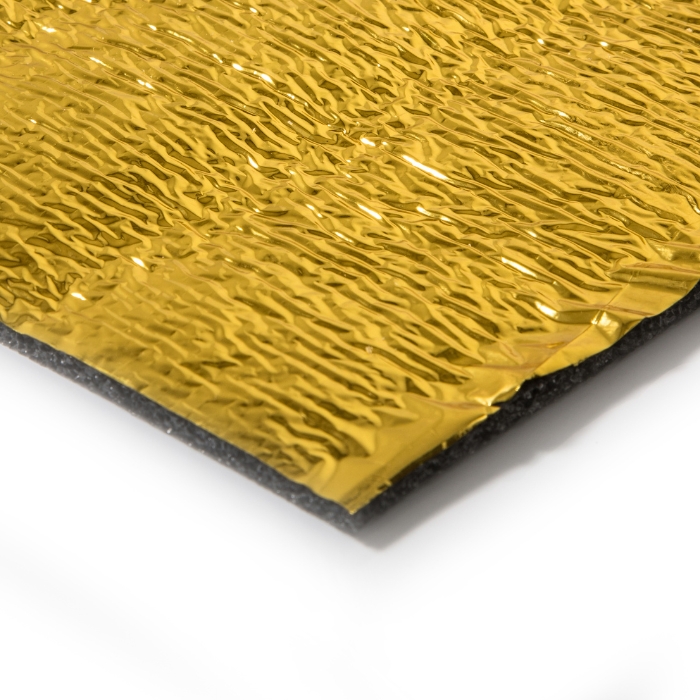

3. Reinstall or repair the floor
Improper installation - like missing expansion gaps or laminate boards that weren’t clicked in fully - can cause bounce and shifting. If that’s the case, lifting the boards and reinstalling them correctly may be the only fix. Always leave a proper gap around skirting boards and check for moisture damage if you're reinstalling near a concrete sub floor.
Don’t forget - a well-installed laminate floor should feel solid, not springy. Installed correctly on top of a smooth subfloor with the right underlay, your new laminate flooring should feel robust and stable underfoot. Because let’s be honest - the only place bounce belongs is in your step, not under your floor.
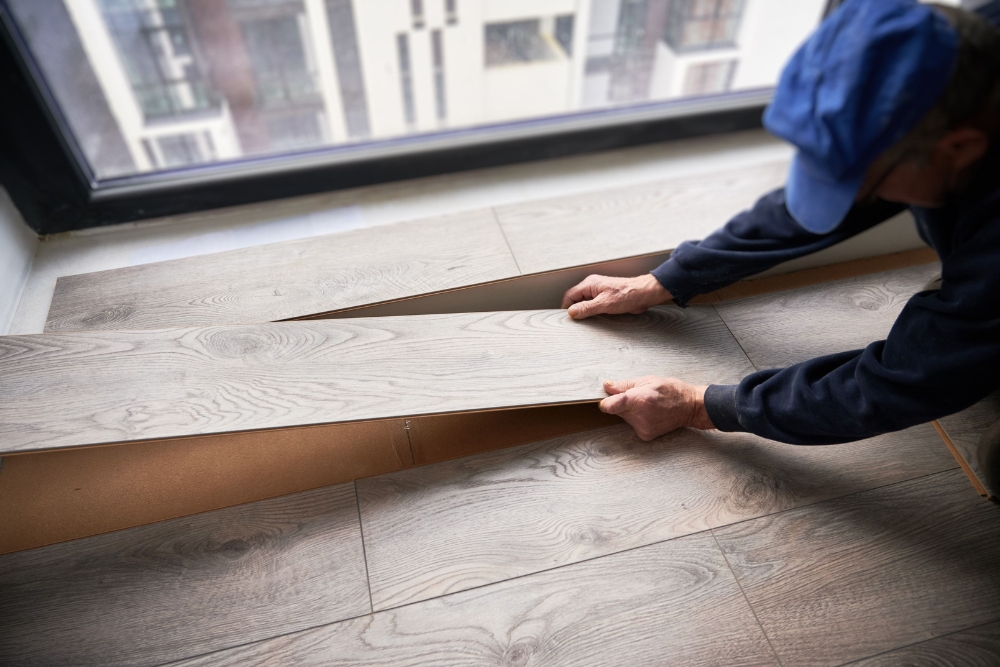

Why is my laminate floor lifting?
Seeing your laminate flooring lifting or warping is so frustrating - especially if it’s a new install. But it’s usually a sign that something underneath isn’t quite right.
One of the most common culprits is moisture exposure. Most laminate-like wood flooring isn’t waterproof unless specifically designed to be. When exposed to excess moisture, such as from a leak, accidents or a sodden mop, the laminate boards can swell, causing the edges to rise or joints to separate.
Missing or inadequate expansion gaps are another frequent cause. As temperature and humidity shift, laminate naturally expands and contracts. Without enough space to move (especially around skirting boards), pressure builds up and the floor starts lifting.
Poor installation can also play a part, like planks not being clicked in properly or the subfloor not being fully prepped. Even small oversights can lead to movement later.
B4F tip: If you’re installing in a high-moisture area, it’s worth looking at waterproof options like the Berry Alloc Ocean collection — designed to handle splash-prone spaces without the drama.
Why does my laminate floor creak?
A creaky floor might be ideal for a haunted house, but in your home, not so much.
If your laminate flooring is making noise, it usually comes down to issues with the subfloor, laminate underlay, or lack of proper expansion gaps.
If the subfloor is loose or uneven, the boards will shift slightly as you walk, creating that familiar creak. An underlay that’s too thin - or just the wrong type - won’t cushion the planks properly, which can also lead to noise.
Still hearing creaks even though the floor looks fine? It might be pressure from the edges. Laminate needs space to move with temperature and humidity changes. Without proper gaps around the skirting boards, the planks can press against the walls and make noise as they try to expand.
How long does laminate flooring last?
Laminate flooring is built to handle busy households - it’s tough, low maintenance, and made for everyday life. On average, a good-quality laminate floor will last between 15 and 25 years, depending on the product and how well it’s cared for.
Stick to a regular cleaning routine, deal with spills quickly, and avoid exposing your floor to excess moisture. Choosing a quality laminate and pairing it with the right underlay from day one also helps protect against wear and extend the floor’s longevity.
With the right approach, there’s no reason your new flooring can’t go the distance. Read our guide to laminate floor cleaning and maintenance for more ways to help your floor last longer.
If you’re looking for laminate flooring that really goes the distance, take a look at the Verdanti Majesty Range. This water-resistant laminate flooring is designed with longevity in mind—at 12mm thick and built to withstand heavy use, it’s perfect for busy homes and high-traffic areas. With a 20-year warranty, you can count on it to look great and perform brilliantly for years to come.
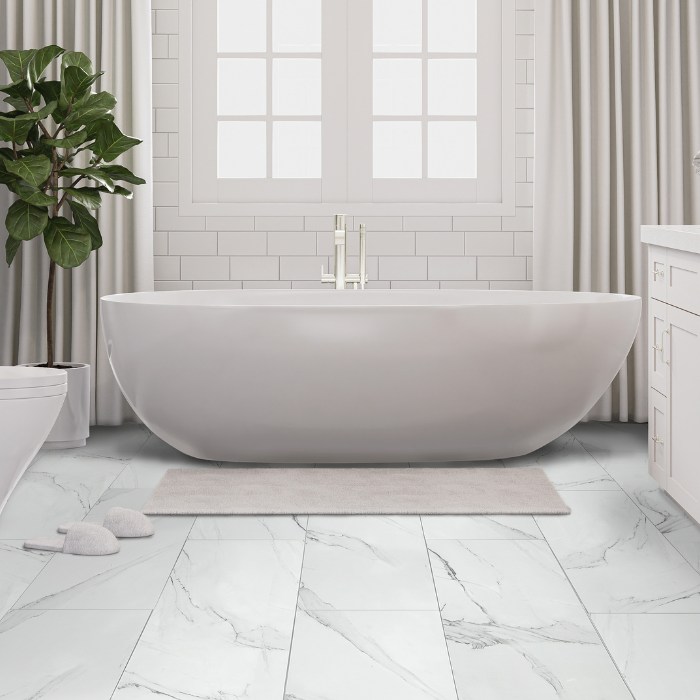

Can you burn laminate flooring?
OK, yes, laminate flooring is partially made from wood, but it's important to remember that it's not suitable for burning. Laminate flooring is made from compressed wood fibres and resin, and if it’s burned, it can release toxic fumes that are harmful to both your health and the environment.
So, while your laminate floor can do a lot to keep your home warm and cosy, it’s definitely not designed for the log burner.
Can you use carpet underlay for laminate flooring?
While carpet underlay provides a plush feel underfoot, it is 100% not designed for laminate floors. The squishy, flexible nature of carpet can compromise stability, leading to issues like a bouncy laminate floor or lifting at the edges.
Laminate flooring requires a firm, stable underlay that offers sound absorption, provides a bit of cushioning, and helps with moisture control. Always opt for an underlay specifically made for laminate floors for optimal performance.
Can you sand laminate flooring?
Unlike real wood, laminate flooring doesn't take too kindly to being sanded. The top layer of laminate is a photographic print, which means sanding it could remove the image and ruin the look of your floor.
If your laminate floor has scratches or damage, using a filler designed for laminate or replacing the individual planks is often a more effective solution. Remember, laminate is a durable, easy-to-maintain flooring option, but it requires the right care to keep it looking its best.
What can you put on laminate floors to protect them?
Our customers love how easy it is to maintain their laminate flooring. Here's a few simple maintenance tips:
- Stick-on felt pads stop scratches from sofas, chairs and tables.
- A good mat at every entrance cuts down on dirt and grit that can wear down the surface.
- Rugs are advised in high-traffic areas like hallways or under dining tables. Just make sure they’re non-slip and don’t trap moisture.
- Regular dry cleaning with a soft broom or microfibre mop picks up dust without scuffing the floor.
- Use gentle products made for laminate - nothing abrasive or soaking wet.
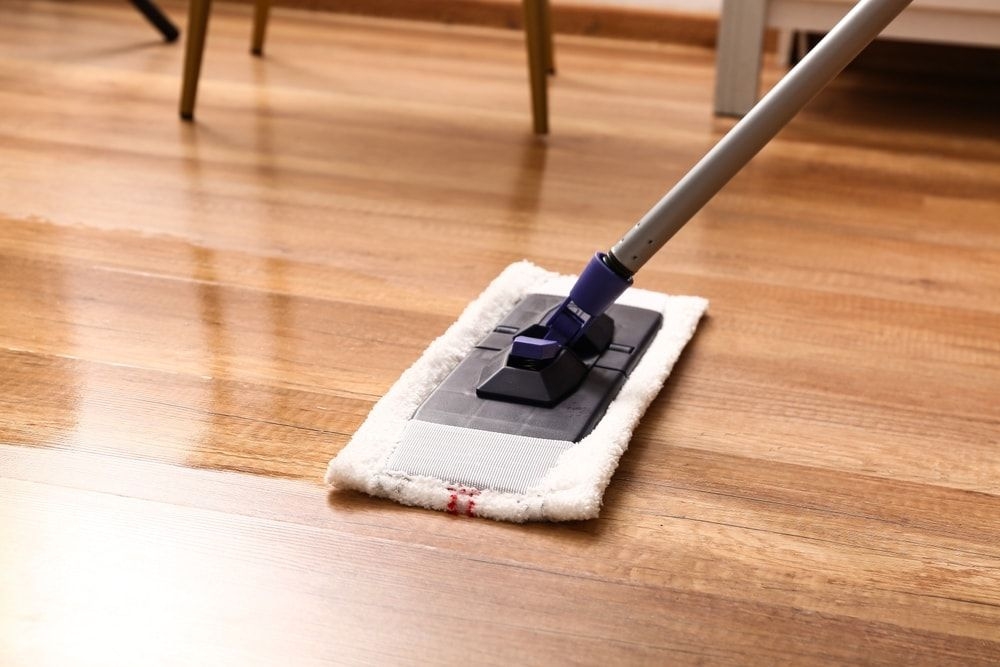

Final thoughts
If your laminate floor feels bouncy, it’s usually a sign that something’s not quite right underneath. It could be a slightly uneven subfloor, the wrong underlay, or not enough space left around the skirting boards during installation. Whatever the cause, it’s best to catch it early before it turns into something more serious.
The good news? Most of these issues can be fixed—and even better, they’re easy to avoid with the right preparation. Make sure your subfloor is solid and level, choose a proper laminate underlay, and take your time with the fitting. A few small checks at the start can make a big difference in how your floor performs in the long run.
And if you’re still in the planning stages of your project, don’t forget to explore our comprehensive guide and full range of laminate underlays and laminate flooring to get your floor off to a solid start.






